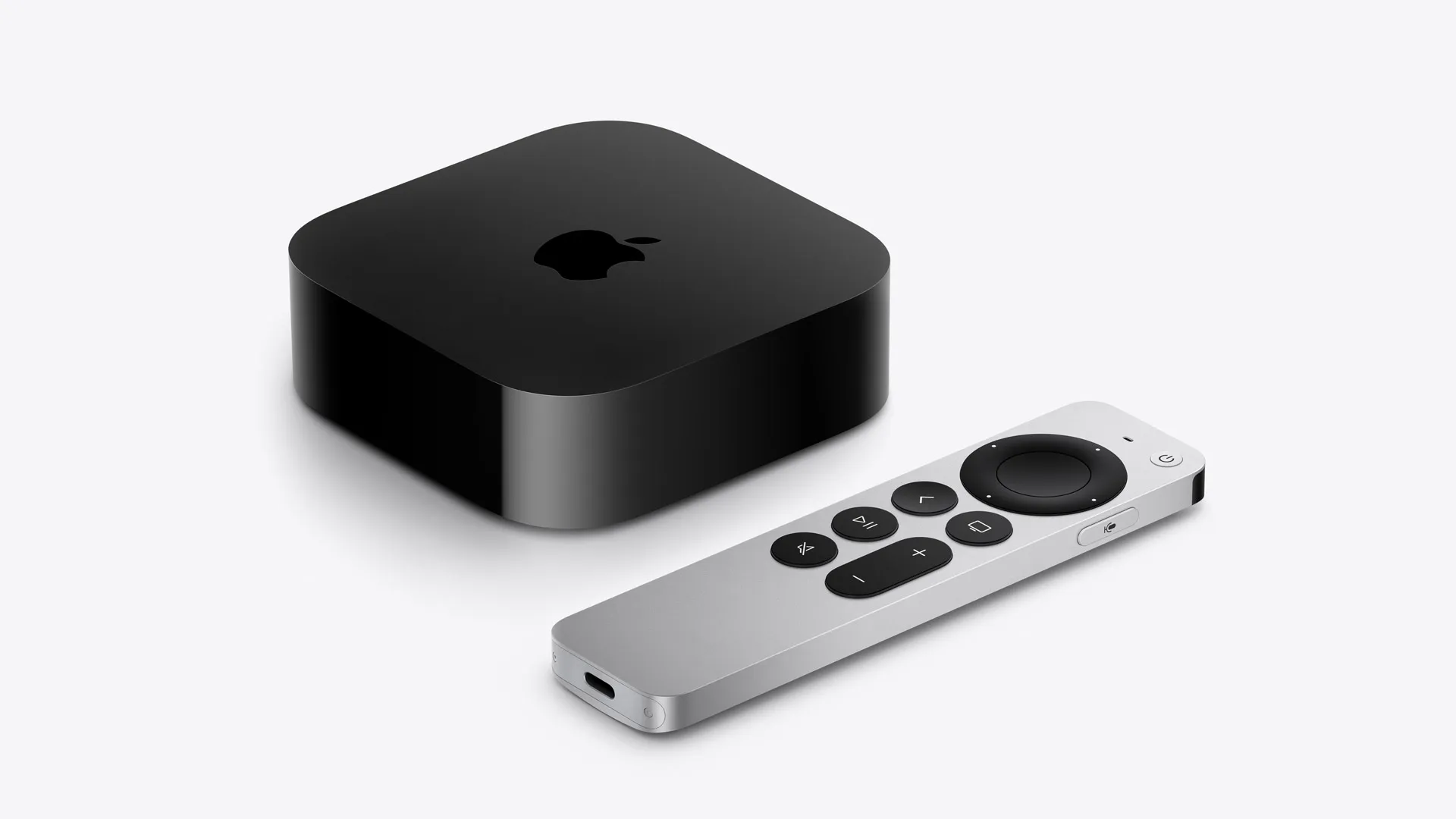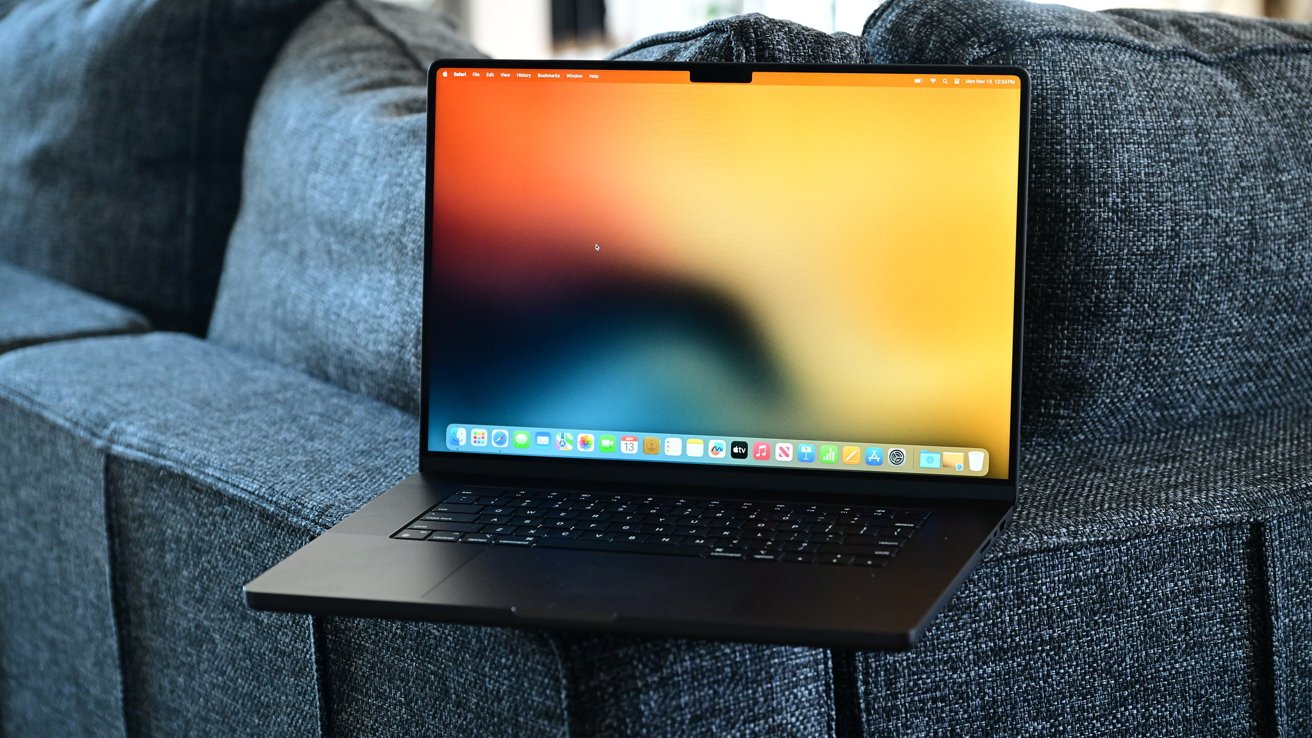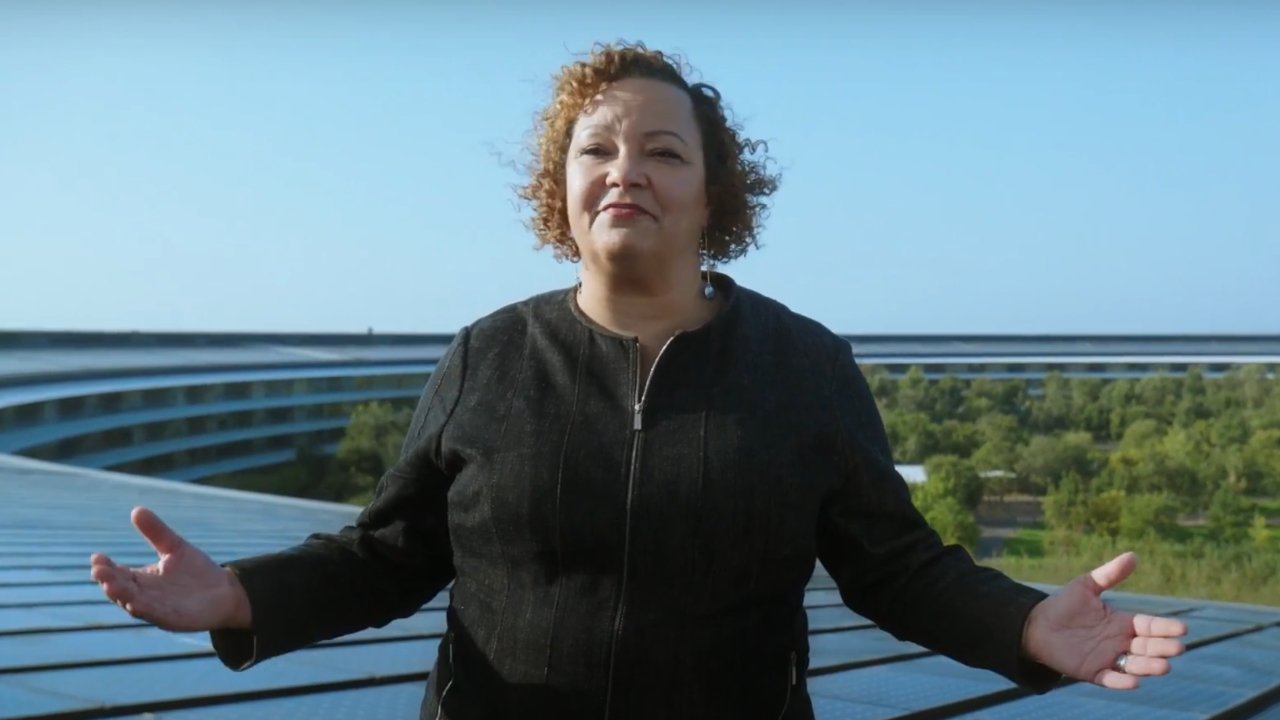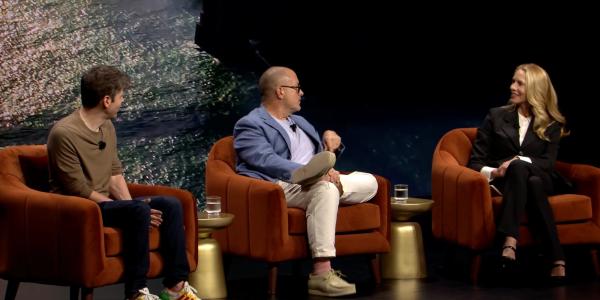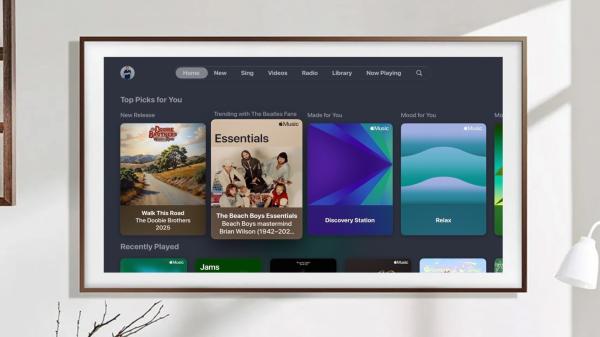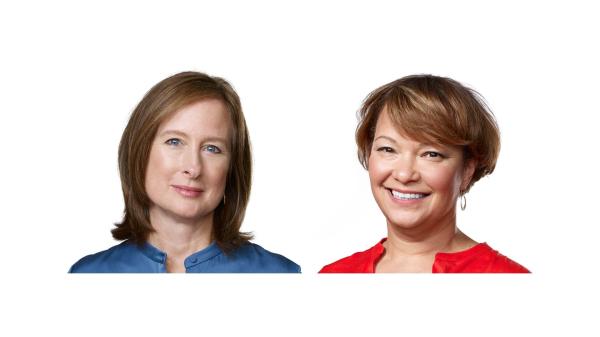In the worlds of both schooling and work, being disability aware and disability-inclusive is having a massive impact on the success of learning. While government and society are taking steps to make schools, workplaces, and institutions more disability-inclusive, it is crucial that individuals in these environments also focus on how they can work towards making disabled learners feel included in their teachings.
Here are five ways you can help your disabled learners to feel more included in your training or classroom activities.
1. Use A Range Of Accessibility Services For Materials
Accessibility services provide a range of features to help disabled learners access different parts of your materials – including text, videos, podcasts, and images. There are plenty of ways that you can make your materials more accessible. For example, audio description by Verbit allows those with low visual abilities to listen to the descriptions rather than read text.
Find out what works for your learners and what is possible with the tools that are available.
2. Talk Openly About Disabilities To Normalize Them
Disabled learners will often feel that they are outcasts in the classroom, so it is important to normalize disabilities by talking about them openly. This also helps to paint a more accurate picture of who disabled learners are and what they have to offer you as an individual or as a business.
3. Always Promote Successful People With Disabilities
The media often portrays disability as an inability to succeed in all aspects of life, but it is important to remember that this is a negative representation. Disabled individuals have just as much potential to make a success of their lives and careers as anyone else if they are given the right opportunities. It is crucial that you regularly point your learners towards successful disabled people in order for them to see what is possible with the help of those around them.
A great example of this is Richard Brandson, an incredibly successful entrepreneur who is also Dyslexic and an outspoken advocate for Dyslexia awareness in both school and business
4. Tackle Disability Myths Head On
It is incredibly important to tackle disability myths head-on when they are brought up by your learners. Remember that both learners and the wider public will often have misconceptions about disabilities, especially those that are less common or visible. Asking for access to accurate disability resources will help you with clearing up common misunderstandings
5. Find Out How Each Of Your Disabled Learners Learns Best
If you don't know how your disabled learners learn best, there's a good chance that you are not making the most of their abilities. Different disabilities mean different learning styles, and as such, it is crucial to find out what works best for each of your disabled learners. The best way to do this is by asking them questions about what has worked for them in the past and what hasn't.
Why Inclusivity Matters
Everyone wants to feel included, and this is especially true for learning materials when it comes to disabled learners. Inclusive learning materials not only allow for better understanding and comprehension but also help learners feel more valued in the classroom, whether that's in school or in the workplace.
It is also beneficial to the business or school as a whole. High-quality inclusive education leads to better staff retention rates, job satisfaction, and increased productivity in the workplace. Therefore, make sure you are using the above guide for advice when trying to achieve full inclusivity.

